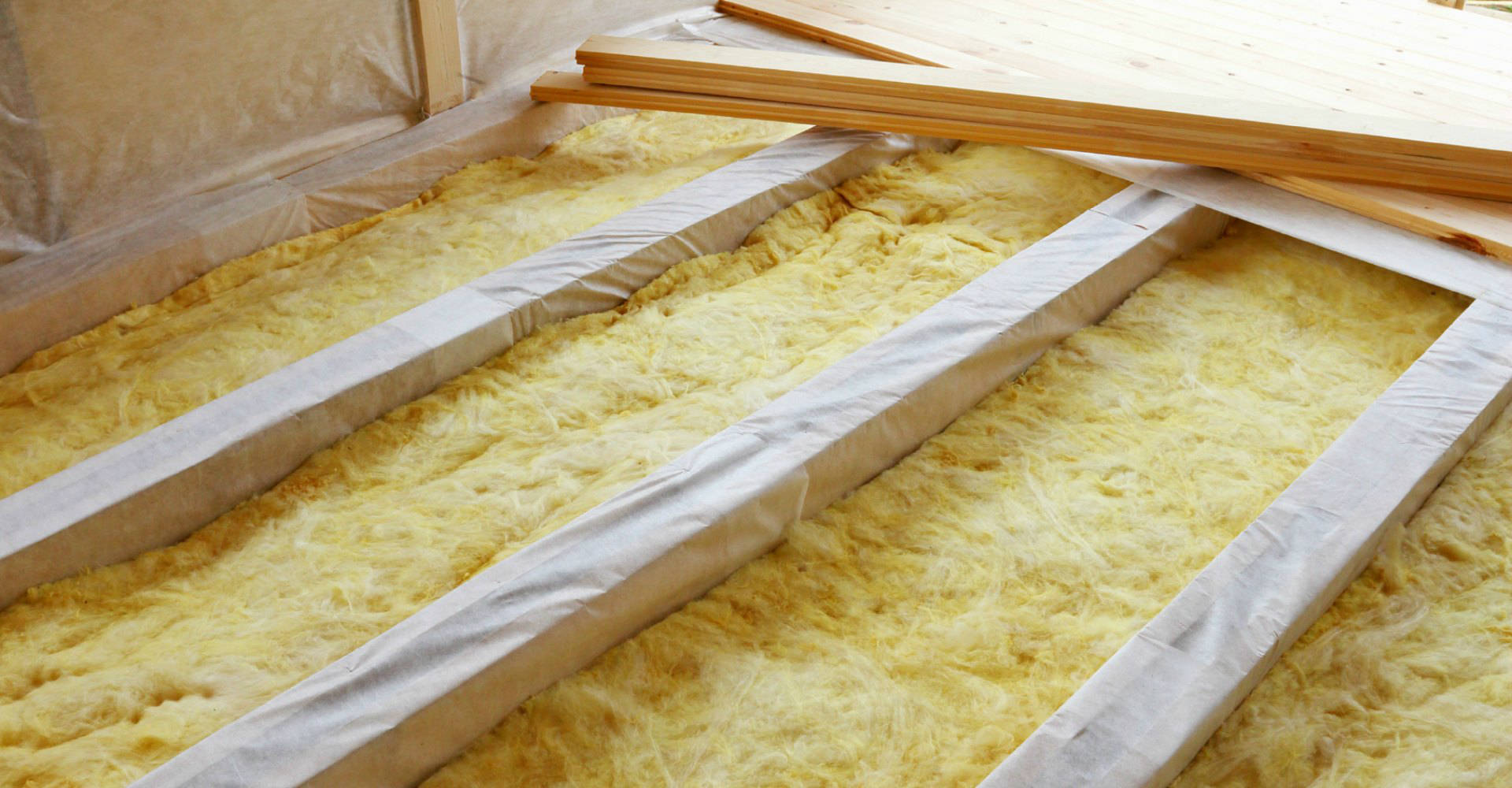Keeping Your Home Warm with Proper Insulation
You can keep your home cosy throughout the cold months with proper insulation. Here are some points to remember when installing it in your property.

That autumn chill has finally set in. At this time of year, you drag out the heater and keep the doors closed. Sadly, as the temperature drops, our energy bills often surge. While you can use heavy curtains to trap the heat inside your room or seal cracks and gaps to prevent cold air from creeping in, proper home insulation is still necessary to ensure comfort throughout the wintry months.
Why is it important?
If you feel like your entire body is freezing, it can hamper you from being productive. You likely want to curl up in your bed and cover yourself with thick sheets all day long. But having the best insulation can help you feel comfortable despite the biting chill. It also reduces your dependence on heating systems, and when you stop using them often, you can reduce your energy use. Consequently, you’ll see a significant dip in your bills, too.
What are the types of insulation?
There are two basic types of insulation that you can find: bulk insulation and reflective insulation.
Bulk insulation is standard in homes that are located in places with cooler climates. It effectively keeps warmth inside during winter and lets heat escape during the hot season. Natural wool, glass wool, polyester, and cellulose fibre are typically used to make batts, boards, and rolls, which are used as insulation products.
Meanwhile, reflective insulation is ideal for homes in sunny and humid places. Aluminium foil is used to laminate paper or plastic so that the heat can be deflected.
What parts of your home should be insulated?
Ceilings
Much heat transfer occurs through the roof and ceiling, so these are the main parts you need to look out for. If you spend lots of time in your verandah or garage, you might also want to insulate the roofs in these areas. Ceiling insulation saves up to 45 per cent of heating energy.
Walls
Wall insulation is essential in all climates, allowing you to conserve about 20 per cent of energy. It can be installed within cavities, within or outside stud frames, or inside or outside solid walls.
Floors
Floor insulation is often recommended for homes in cool climates. If you live in a hot place, it’s best to seek professional advice, as floor insulation may obstruct the natural cooling effect of the ground.
Safety reminders
Installing insulation in your home comes with specific health and safety risks, so you must ensure that the installers are experienced and knowledgeable of Australian Standards. Also, check with your state if insulation installers are required to have licences. For instance, in SA, tradespeople should be licensed before performing this job.
To guide you in choosing the appropriate type of insulation for your home, you can consult any businesses we have on the site here. They would also be happy to give you an estimate of the insulation cost.